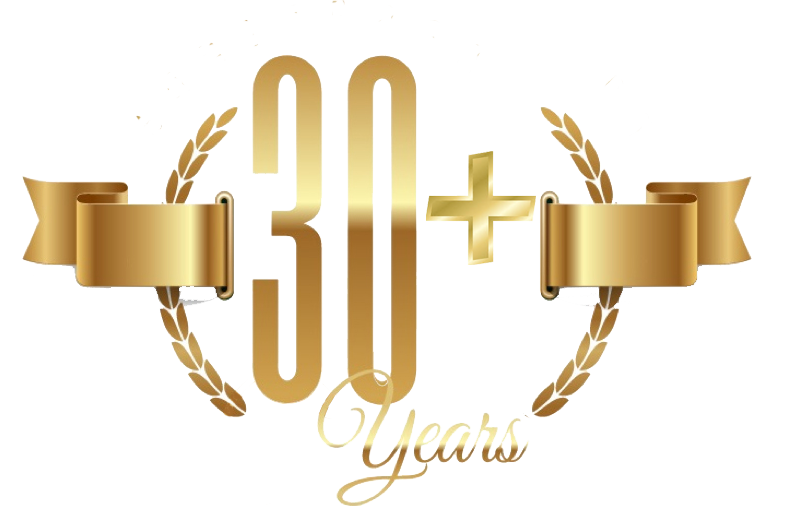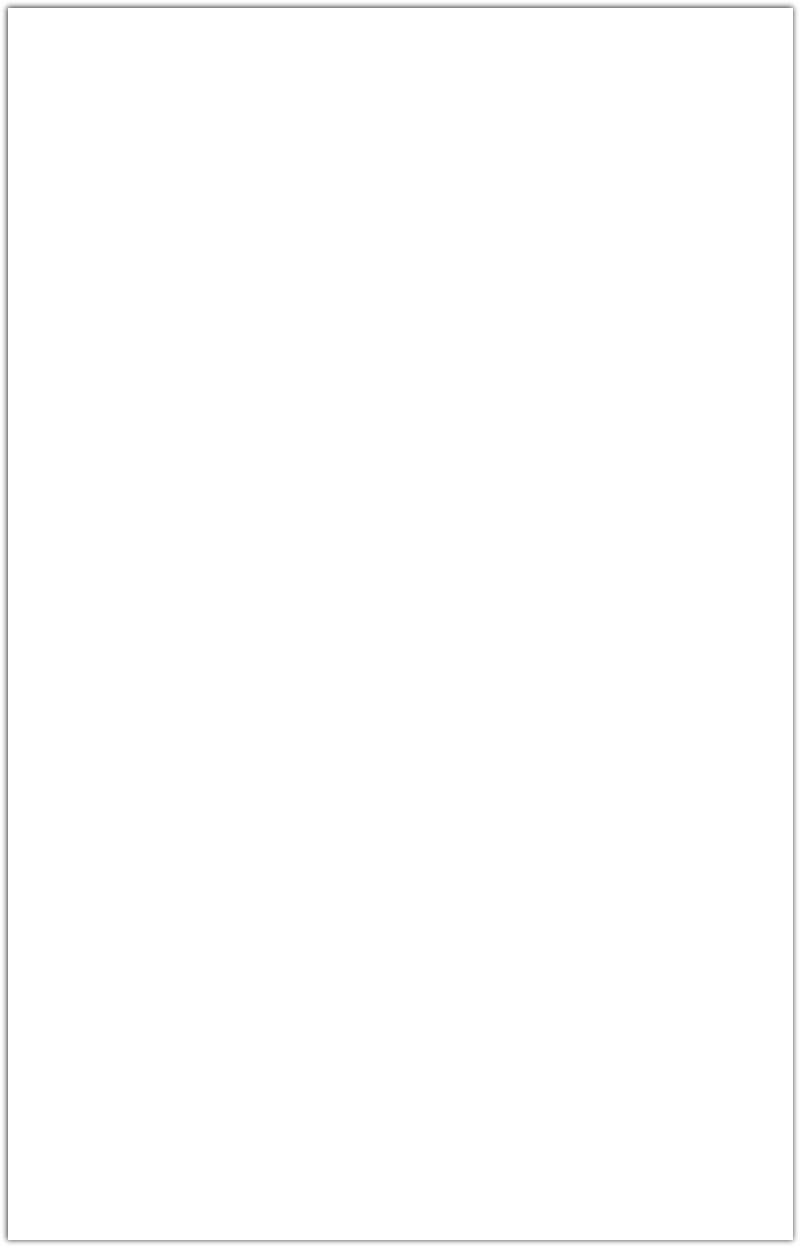The Parkside Montessori School
53 Norwood Avenue
Upper Montclair, NJ 07043
973-509-7379
parksidemontessori@gmail.com


NEWS





.
“The instructions of the teacher consist then merely in a hint, a touch - enough to give a start to the child. The rest develops of itself.”
Dr. Montessori’s
Own Handbook
.

NOVEMBER
DECEMBER
JANUARY
All of us at Parkside, teachers and students alike, continue to be really busy as we begin our third month of school. Classroom materials are always changing, and the children are excited to see which new activities will be placed on the shelves each week.
Our discussions of leaves and trees continue, and on our walks to the playground our little ones love to look at the changing colors of the trees, and also, sometimes with our help, they try to identify the kinds of leaves that have already fallen. Our bulbs are safely (we hope) planted in their “cozy beds”, and we think the children really do understand the process of fall planting and spring blooming. Our returning students have already experienced it first-hand from planting our bulbs during the fall of 2024, and then seeing their blooms this past spring.
Our new shelf exercises will reflect autumn, harvest and Thanksgiving themes. As we prepare for the holidays, we will continue pumpkin scrubbing and apple cutting in Practical Life as well as table setting and napkin folding. Other November activities coming in are basting, clementine peeling, flower arranging and flint corn tweezing. Another popular activity in this area is bead bracelet making using autumn, Thanksgiving and then eventually December holiday colors.
In Sensorial, we are using our baskets of geometric solids which include the cone, cube, sphere, ovoid, pyramid and cylinder. Sometimes a fun game is to have the children move around the classroom and retrieve from the shelves a duplicate of the solid we are showing. We will also bring in a basket with everyday objects that are replicas of the different geometric solids. Later we will add the rectangular and triangular prisms to our baskets.
After learning last month about the kinds of trees and the leaves they produce, in our Language area we will categorize some of the trees around school as deciduous or evergreen, showing the children on two different mats on the floor the actual branches from deciduous trees (oak, maple, sassafras etc.) and how these differ from the evergreen branches (holly, rhododendron, pine, ilex, hemlock) Three part tree cards as well as horns of plenty and Native American signs matching work will also be added to the Language shelves.
Last month in Math there were lots of concrete counting exercises such as apples, pumpkins, leaves, spiders and skeletons. We will bring in more pumpkins to count as well as feathers. Making counting books with stamps will continue with some cornucopia, pumpkin and turkey stamps on the math shelves. We will also have seasonal dot-to-dot number pictures as we do every month in Math.
The highlight of November is the Thanksgiving holiday which of course comes at the end of the month, but we start preparing for it early in the month. We will be talking about the first Thanksgiving here in our country which was a celebration of the bountiful harvest of 1621 and a good an example of two very different cultures working together cooperatively for the benefit of all. Thanksgiving is a time to reflect on what we may be grateful for, and those discussions take place on circle. Young children are usually ready to share why they are thankful. Many will say they are thankful for dads, moms, grandparents, siblings, babysitters and friends. Others may mention their light-up sneakers, special stuffed bunny, new Spiderman shirt, Elsa and Anna dress or Bluey toy. Hopefully, by November’s end, we will be more keenly aware of and grateful for the good things in our lives. To prepare for our Thanksgiving feasts here at school, we will be making and decorating special “gratitude crowns” as well as fringed placemats and cornucopias. Our feasts will take place on Monday and Tuesday, November 24 and 25, and we will be asking for small donations of real harvest foods in ready-to-serve form. More information on that will follow.
“Gratitude unlocks the fullness of life.
It turns what we have into enough, and more. It
turns denial into acceptance, chaos to order,
confusion to clarity. It can turn a meal into a feast,
a house into a home, a stranger into a friend.”
Melody Beattie
FEBRUARY
MARCH


NOTES
